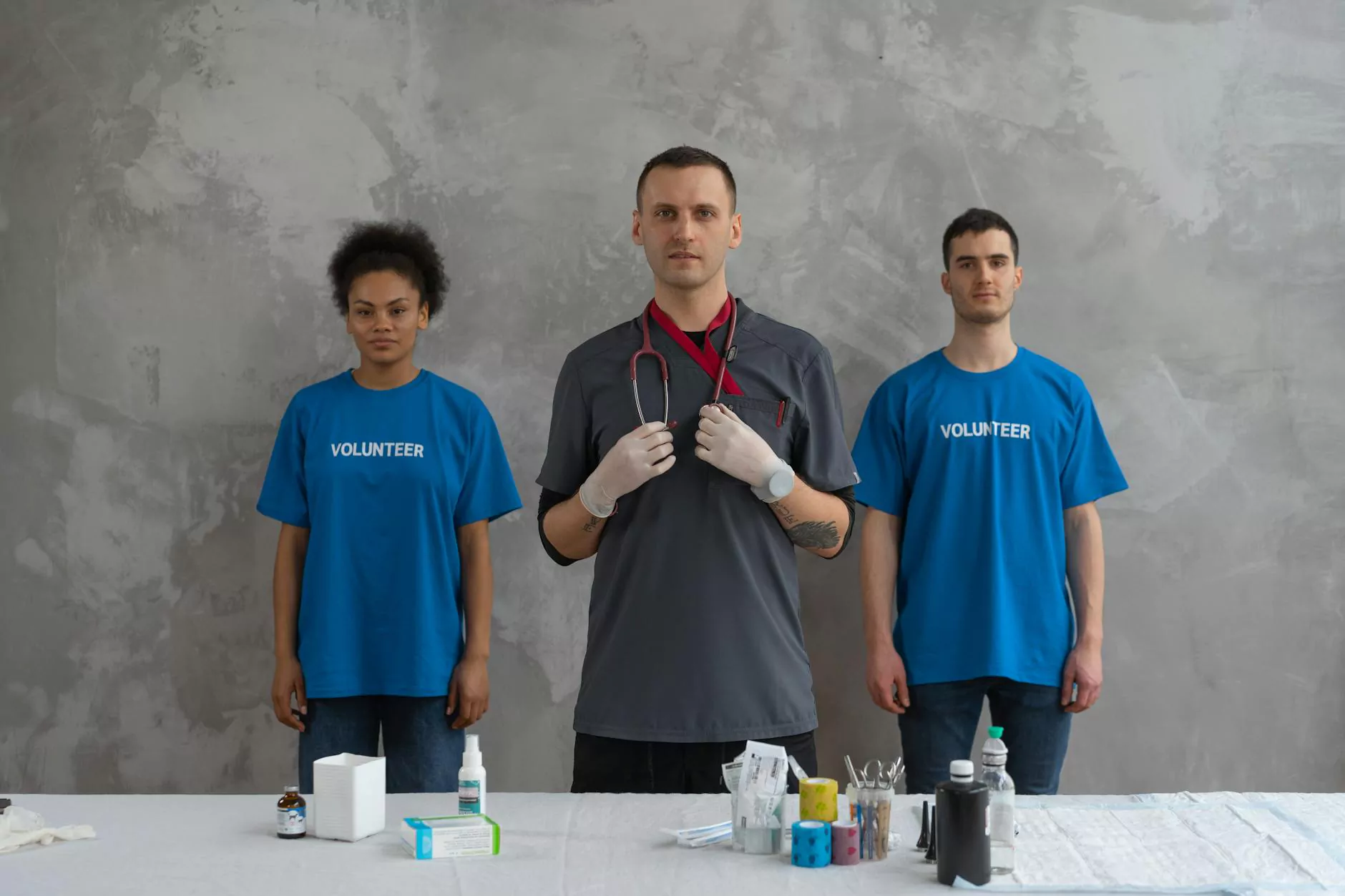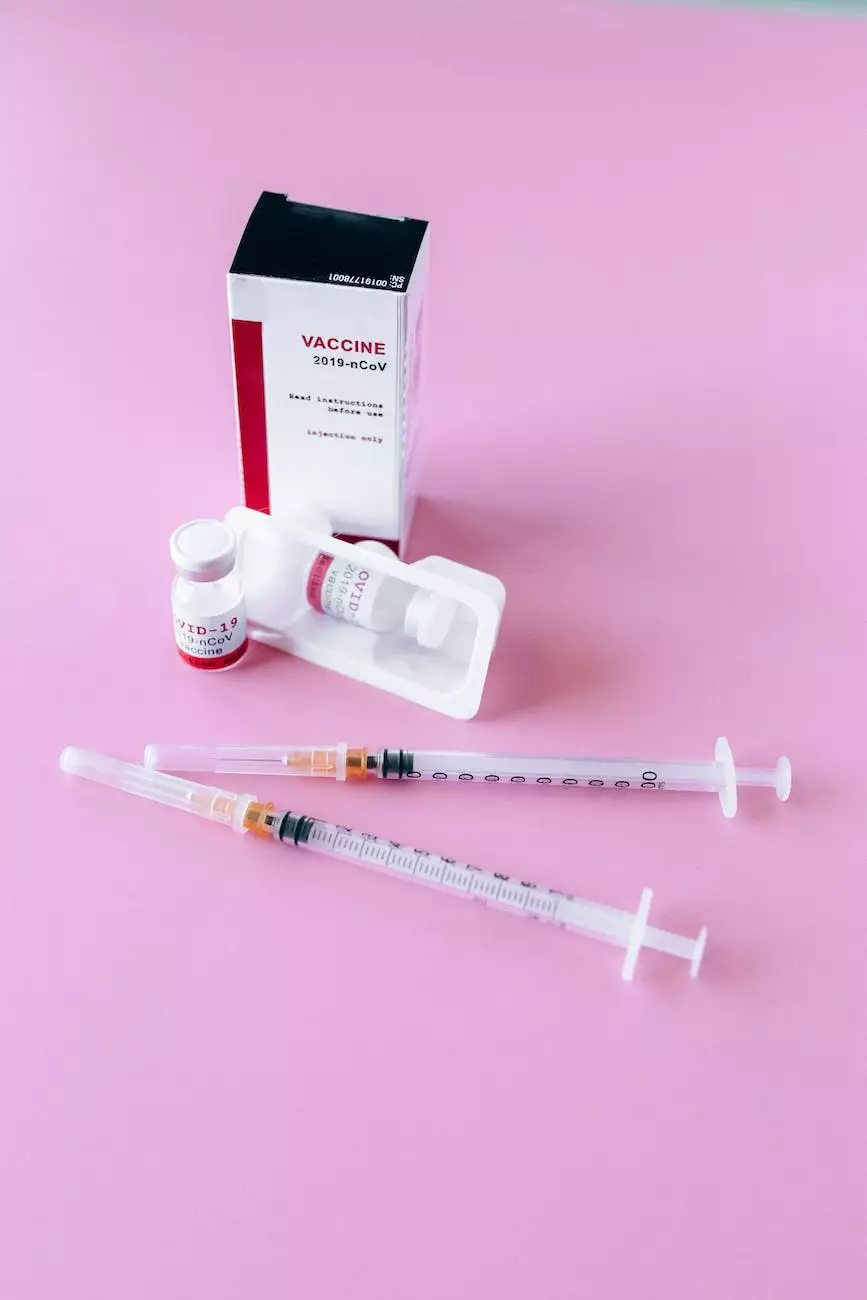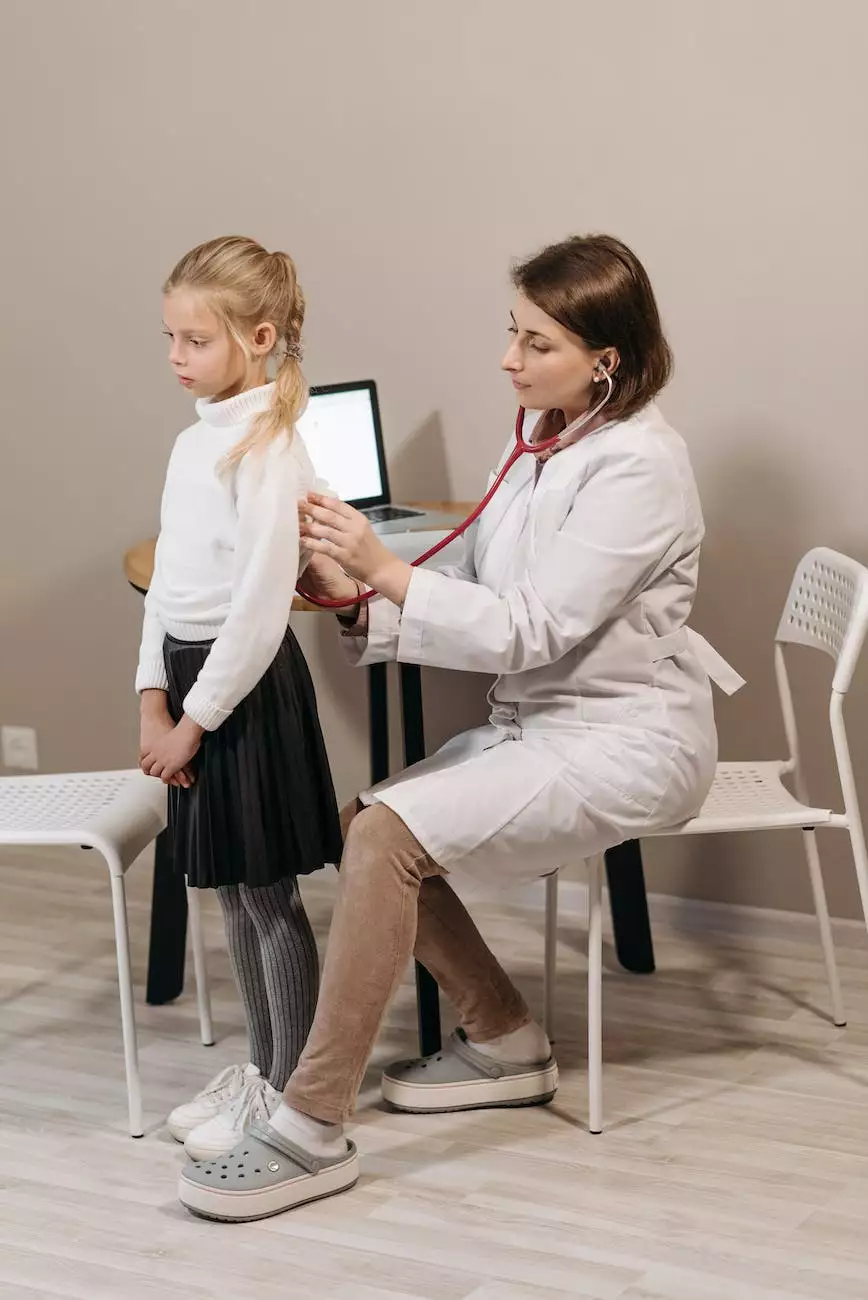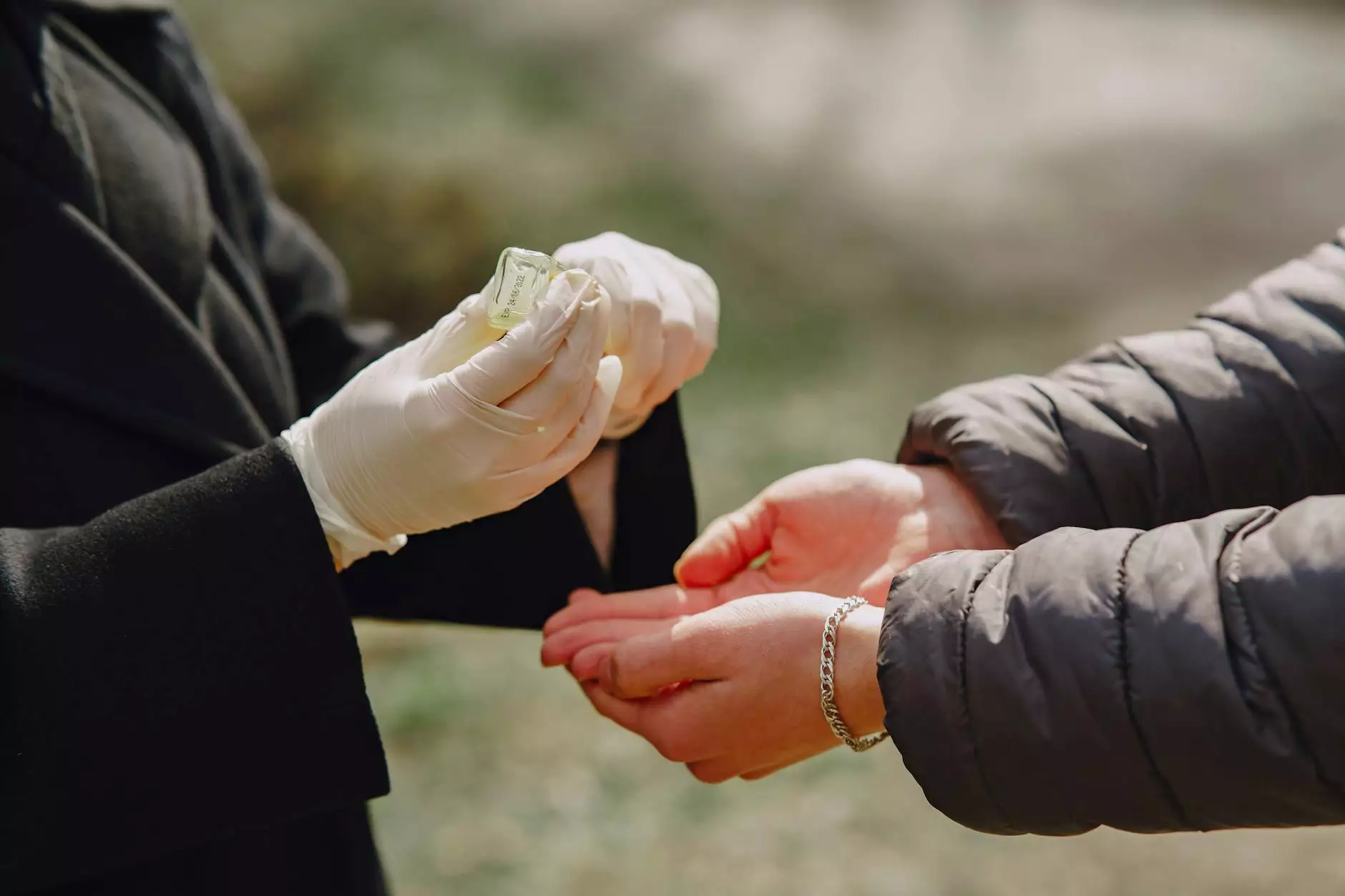Can coronavirus go through skin and into the body?
Health
Introduction
Welcome to Muir Diablo Occupational Medicine, your trusted source for comprehensive information on coronavirus and its impact on human health.
The Transmission of Coronavirus
Coronavirus primarily spreads through respiratory droplets when an infected person coughs, sneezes, talks, or even breathes. These droplets can be inhaled by others who are in close proximity to the infected individual.
However, there have been concerns about whether the virus can also penetrate through the skin, presenting a potential additional route of transmission. In this article, we will explore the topic in detail and provide you with the necessary information to stay informed and protected.
Understanding the Virus
Coronavirus, also known as SARS-CoV-2, belongs to a family of viruses that primarily target the respiratory system. The virus is enclosed in a lipid envelope, which allows it to survive on various surfaces for a certain period of time.
Risks of Transmission through Skin
It is important to note that direct transmission of coronavirus through intact skin is highly unlikely. The virus primarily seeks entry through the respiratory system, including the nose, mouth, and eyes, where it finds receptors to attach and invade cells.
However, it is important to handle contaminated surfaces with caution. If the virus is present on the skin and comes into contact with mucous membranes, such as those in the eyes, nose, or mouth, transmission may occur.
Furthermore, if you have any cuts, wounds, or open sores on your skin, there is a possibility of the virus entering your body through these channels. Therefore, practicing good hygiene and maintaining proper wound care is essential in preventing potential transmission.
Protective Measures
To protect yourself and minimize the risk of transmission, we recommend the following measures:
1. Hand Hygiene
Regularly wash your hands with soap and water for at least 20 seconds, especially after being in public spaces or coming into contact with any potentially contaminated surfaces. If soap and water are not available, use hand sanitizers with at least 60% alcohol content.
2. Avoid Touching Your Face
Avoid touching your face, particularly your eyes, nose, and mouth, as these areas are potential entry points for the virus.
3. Use Personal Protective Equipment (PPE)
If you are in close contact with individuals who are infected or suspected of being infected, wearing appropriate PPE, such as masks, gloves, and eye protection, can significantly reduce the risk of transmission.
4. Practice Social Distancing
Maintain a distance of at least 6 feet from others, especially in crowded places or areas with poor ventilation.
5. Keep Wounds Covered
If you have any cuts, wounds, or open sores, ensure they are properly covered with clean bandages or dressings to prevent potential exposure to the virus.
Conclusion
In conclusion, while direct transmission of coronavirus through intact skin is unlikely, it is crucial to remain cautious and take necessary precautions. Focus on practicing good hand hygiene, avoiding touching your face, using appropriate personal protective equipment when needed, practicing social distancing, and maintaining proper wound care. By adopting these measures, you can lower the risk of potential transmission and protect yourself and those around you.
For more information on COVID-19 and its transmission, visit Muir Diablo Occupational Medicine's website, where you'll find comprehensive resources and guidelines to help you navigate through this challenging time.










